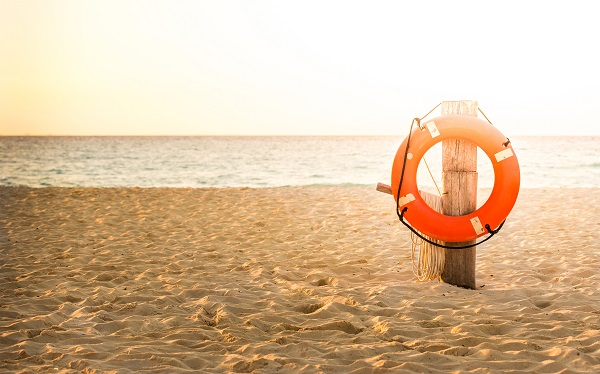“Dry drowning” has become a terrifying buzzword for parents who never dreamed that children could potentially “drown” without being anywhere near water.
The term is now mainstream due to several highly publicized stories of young children who visited a pool or lake and, days later, passed away.
They are heart-rending stories—but before you start taking your child to your doctor every time he or she inhales a bit of water, it’s important to know this: “What’s being described as ‘dry drowning’ in the media is incredibly rare,” said Dr. Candice Castellino, a pediatrician at Augusta University West Wheeler. “This phenomenon occurs in less than 1 percent of cases of children who drown—and some of these instances may actually be due to other causes.”
In fact, the U.S. Centers for Disease Control and Prevention and others strongly urge the media and the public not to use the term “dry drowning” since it’s a misnomer and implies that a child could drown without having had a drowning incident. Some media have even reported that parents should be worried if children breathe in any water at all.
“Drowning is simply drowning, and it can be fatal or non-fatal,” said Dr. Castellino. “But it’s very important for parents to know that drowning will never happen without certain symptoms.”
True Drowning: What to Look For
After all, we’ve all gone to the pool or lake, accidentally breathed in some water, and quickly coughed it up. Coughing is our body’s natural mechanism to protect our lungs from water and other foreign objects—and it works very, very well.
However, if your child has had a prolonged submersion in the water and you see these symptoms, get help immediately:
- Loss of consciousness
- Trouble breathing
- Coughing that lasts longer than a minute
- Foaming from the mouth
- Vomiting
- Altered behavior
Prevention, Prevention, Prevention
The term “dry drowning” has put some parents in a panic since it takes away our sense of control. But it’s important to remember that drowning is preventable, and there are many things we can do to protect our kids when they are around water.
If you have a pool:
- Surround it with a four-foot fence with a self-latching gate, and make sure it’s not climbable—so no chain link.
- Don’t leave toys out around the pool, which could tempt children to try to visit the pool alone.
- Always supervise your kids while they’re in the water. That means your eyes on them the whole time—with no distractions, such as phones. Toddlers and other young children should always be in arm’s reach.
- Anyone with a pool in their backyard should also be CPR-trained.
If you visit a natural body of water:
- Put a lifejacket on your child if he or she is in the water, whether you’re boating, swimming or floating.
- As a parent, you should model good behavior and wear a lifejacket when you’re out in the water too.
- Continue to supervise your children.
At home:
- Don’t leave any child younger than 6 alone in the bathtub, even for a moment to grab a towel or answer a phone.
- Maintain childproofing, such as never leaving buckets of mop water out and closing bathroom doors to prevent access to toilets (always close lids or use locks for an extra layer of protection).
In addition, all children over the age of 4 should have swim lessons, according to the American Academy of Pediatrics.
“Drowning is the second-leading cause of childhood injury and death, after motor vehicle accidents,” said Castellino. “But like motor vehicle accidents, we can do a lot to help lower that risk. Prevention is key. And remember: Not all children who choke on a little water need to be evaluated emergently. But if you see any symptoms that your child is struggling, definitely seek help.”




